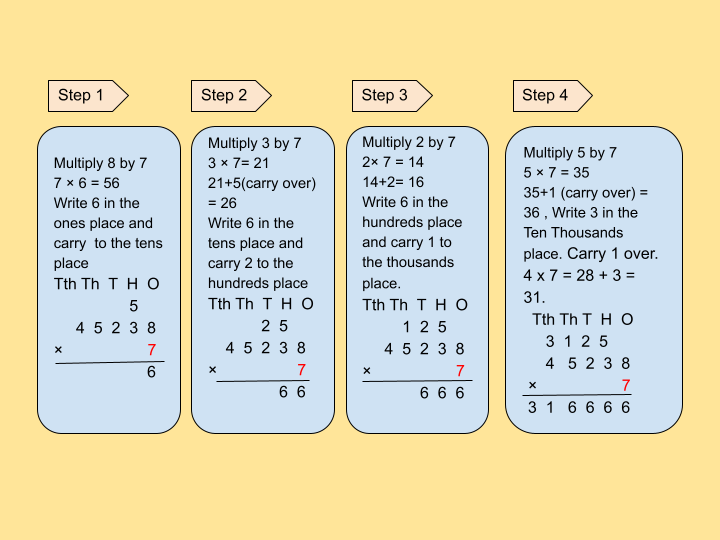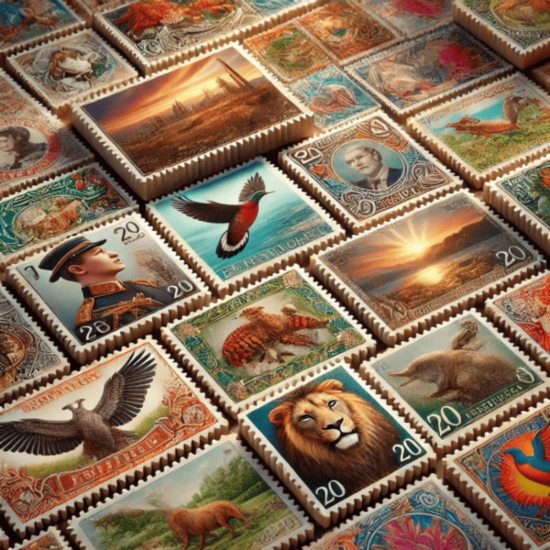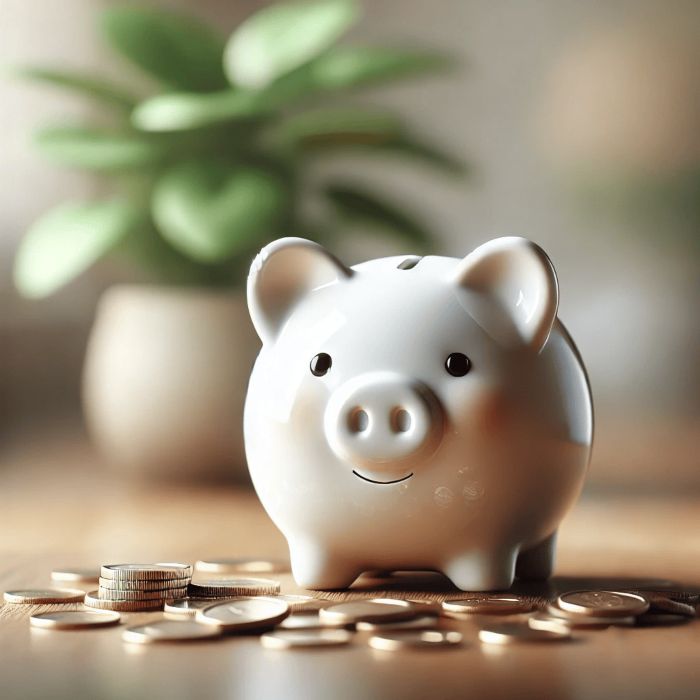Easy Multiplication for Grade 4 [12 Practice Worksheets]
This is a comprehensive lesson plan for teaching multiplication to grade 4. The difficulty level is one step higher than grade 3, but aimed to give an understanding to grade 4 students. The lesson is designed to make the concepts easy and engage students with activities like quizzes, practice questions and worksheets, visual aids like images and videos, and real-life examples.
Teachers can use this guide as a reference for delivering the concepts to students and engage them in the classroom with the various questions, video demonstrations and examples given in this page.
For parents, there are 12 downloadable practice worksheets that they can use for their kids.
The learning outcomes are as follows:
- Classify the properties of multiplication.
- Evaluate by grid method multiplication.
- Identify 3-digit by 1-digit, 2-digit multiplications.
- Multiplying a 3-Digit Number by a 3-Digit Number with and without regrouping.
- Multiplication of a 4-digit number by a 1-digit number with and without regrouping.
- Multiplying a 4-Digit Number by a 2-Digit Number with and without regrouping.
- Multiplication of a 5-digit number by a 1-digit number with and without regrouping.
- Multiplication by 10, 100, 1000 and multiples of 10.
- Real-life examples of multiplication.
What Is Multiplication?
Multiplication: Multiplication is an arithmetic process. It is a repetitive addition of the same number over and over upto a limit.
Example -
2 x 5 = 10
2 + 2 + 2 + 2 + 2 = 10
Adding 2, five times gives the same value of 10 as multiplying 2 by 5. Hence, we can say that multiplication is a repetition addition.
Multiplicand: The number that is to be multiplied is called the multiplicand.
Multiplier: The number with which we multiply is called the multiplier.
Product: The number that is obtained as the result of multiplication is called the product.

Grid Method Multiplication:
- Grid method is the method to multiply the number by portioning it into simpler place value.
- It is also known as box method.
Properties of Multiplication:
- If a number is multiplied by 0 then the product is 0.
Example:

- If a number is multiplied by 1 then the product is the number itself.
Example:

- If the number “a” is multiplied by the number “b” then the product is same as the number “b” multiplied by the number “a”.
Example:

Watch Orchids' video on properties of multiplication:
Multiplication Rules of 3-digit by 1-digit number using the grid method:
Step-by-step guide:
Step 1: Expand the first number as hundreds, tens, and ones within the grid.
Step 2: Multiply each digit of the first number by the second number. Write all the products within the grid.
Step 3: Add all the obtained product outside the grid.
Example:
Multiply 346 by 6 using the grid method.
Solution:

So, when 346 is multiplied by 6, we get 2076.
Try it yourself! -
1. 345 x 4 = ?
2. 463 x 6 = ?
2- Digit Multiplication using the grid method:
Step-by-step guide:
Step 1: Expand the first number as tens and ones within the grid.
Step 2: Expand the second number as tens and ones within the grid.
Step 3: Multiply each digit of the first number by each digit second number. Write all the products within the grid.
Step 4: Add all the obtained product outside the grid.
Example:
Multiply 28 by 24 using the grid method.
Solution:

So, when 24 is multiplied by 28, we get 672.
Try it yourself! -
1. 76 x 23 = ?
2. 59 x 39 = ?
Multiplication Rules of 3-Digit Number by 1-Digit Number:
Step-by-step guide:
Step 1: Write the multiplicand on the top
Step 2: Write the multiplier below it.
Step 3: Multiply each digit of the multiplicand by the multiplier starting from the extreme right.
Step 4: Write the product below the horizontal line. If the product is more than 9 then carry the ten digits to the next column.
Example:
Multiply 354 by 7.
Solution:

So, when 354 is multiplied by 7, we get 2478.
Try it yourself! -
1. 668 x 5 = ?
2. 897 x 7 = ?
3-Digit by 2-Digit Multiplication:
Step-by-step guide:
Step 1: Write the first number (multiplicand) on top.
Step 2: Write the second number (multiplier) below it.
Step 3: Multiply the units digit of the multiplier with each digit of the number on top. If the result is more than 9, carry over the tens digit. (Regrouping)
Step 4: Write the result below a line.
Step 5: Add a 0 under the last digit of the first result.
Step 6: Multiply the tens digit of the multiplier with each digit of the top number. Carry over if needed.
Step 7: Add the two results together.
Example:
Multiply 213 by 27.
Solution:
Write 213 on the top and 27 below it.

Try it yourself! -
1. 271 x 17 = ?
2. 113 x 23 = ?
When the result of a multiplication is more than 9, carry over or regrouping happens. Let's understand multiplication with regrouping and without regrouping with the following examples.
Multiplying a 3-Digit Number by a 3-Digit Number
Multiplying a 3-Digit Number by a 3-Digit Number with Regrouping
Example: 256 × 324
.png)
Try it yourself! -
1. 576 x 234 = ?
2. 617 x 194 = ?
Multiplying a 3-Digit Number by a 3-Digit Number without Regrouping
Example: Multiply 213 by 302
.png)
So, when we multiply 213 by 302, we get 64326 as the answer.
Try it yourself! -
1. 213 x 123 = ?
2. 113 x 102 = ?
Watch Orchids' video on multiplication of 3-Digit number by a 3-Digit number:
Multiplying a 4-Digit Number by a 1-Digit Number
Multiplication of a 4-digit number by a 1-digit number with Regrouping
Step-by-step guide:
Step 1. Write the numbers vertically, with the 4-digit number on top.
Step 2. Multiply each digit of the 4-digit number by the 1-digit number, starting from the one's place.
Step 3. Carry over if the product is 10 or more.
Step 4. Add the carried values to get the final result.
.png)
Try it yourself! -
1. 5765 x 7 = ?
2. 6137 x 4 = ?
Multiplying 4-Digit by 1-Digit Numbers without Regrouping
Step-by-step guide:
Step 1. Write the 4-digit number and 1-digit number vertically.
Step 2. Start with the ones place, then move to tens, hundreds, and thousands.
Step 3. If each product is less than 10, no carrying over is required.
Step 4. Write the product for each place value directly.
Step 5. Sum all the values to find the final product.
Example: Multiply 2333 by 3
.png)
Try it yourself! -
1. 2123 x 3 = ?
2. 1022 x 4 = ?
Multiplying a 4-Digit Number by a 2-Digit Number
Multiplying a 4-Digit Number by a 2-Digit Number with Regrouping:
Example: Multiplying 1234 by 56
.png)
Try it yourself! -
1. 3260 x 27 = ?
2. 8637 x 42 = ?
Multiplying a 4-Digit Number by a 2-Digit Number without Regrouping:
Example: Multiply 2132 by 13
.png)
Try it yourself! -
1. 1332 x 13 = ?
2. 1202 x 24 = ?
Watch Orchids' video on multiplication of 4-Digit number by a 1-Digit or 2-Digit numbers:
Multiplication of a 5-digit number by a 1-digit number
Multiplying 5-Digit by 1-Digit Numbers with Regrouping:
Step-by-step guide:
Step 1. Write the numbers vertically, with the 5-digit number on top.
Step 2. Multiply each digit of the 5-digit number by the 1-digit number, starting from the one's place.
Step 3. Carry over if the product is 10 or more.
Step 4. Add the carried values to get the final result.
Example - Multiplying 45238 by 7
Try it yourself! -
1. 34253 x 7 = ?
2. 29045 x 4 = ?
Multiplying 5-Digit by 1-Digit Numbers without Regrouping:
Step 1. Write the 5-digit number and 1-digit number vertically.
Step 2. Start with the ones place, then move to tens, hundreds, and thousands.
Step 3. If each product is less than 10, no carrying over is required.
Step 4. Write the product for each place value directly.
Step 5. Sum all the values to find the final product.
Example - Multiplying 12341 by 2
.png)
Try it yourself! -
1. 10232 x 2 = ?
2. 20312 x 3 = ?
Watch Orchids' video on multiplication of 5-Digit by 1-Digit:
Multiplication by 10, 100, 1000, and Their Multiples
When you multiply a number by 10, 100, 1000, or their multiples, the process becomes simpler. You mainly shift the digits to the left and add zeros at the end. Understanding this concept will make it much easier to work with large numbers in everyday math.
Multiplying by 10:
When you multiply a number by 10, you simply add one zero to the end of the number.
Example 1:
56 × 10 = 560
You add a zero to 56, making it 560.
Example 2:
1,234 × 10 = 12,340
You add a zero to 1,234, making it 12,340.
Try it yourself! -
1. 534 x 10 = ?
2. 7907 x 10 = ?
Multiplying by 100:
When you multiply a number by 100, you add two zeros to the end of the number.
Example 1:
32 × 100 = 3,200
Adding two zeros to 32 gives 3,200.
Example 2:
987 × 100 = 98,700
Adding two zeros to 987 gives 98,700.
Try it yourself! -
1. 75 x 100 = ?
2. 893 x 100 = ?
Multiplying by 1,000:
When you multiply a number by 1,000, you add three zeros to the end of the number.
Example 1:
47 × 1,000 = 47,000
Adding three zeros to 47 gives 47,000.
Example 2:
1,234 × 1,000 = 1,234,000
Adding three zeros to 1,234 gives 1,234,000.
Try it yourself! -
1. 95 x 1000 = ?
2. 6372 x 1000 = ?
Multiplying by Multiples of 10 (e.g., 20, 30, 40, 200, 300, 500, etc.):
When you multiply by multiples of 10, like 20, 30, 200, or 500, you first multiply the number by the base (like 2, 3, 200) and then add the zeros from the multiple.
Example 1:
14 × 20 = 280
First, multiply 14 × 2 = 28, then add a zero to get 280.
Example 2:
56 × 30 = 1,680
First, multiply 56 × 3 = 168, then add a zero to get 1,680.
Example 3:
213 × 500 = 106,500
First, multiply 213 × 5 = 1,065, then add two zeros to get 106,500.
Try it yourself! -
1. 78 x 40 = ?
2. 239 x 50 = ?
Quick Tips for Multiplying by 10, 100, and 1,000:
-
By 10: Add 1 zero to the end of the number.
-
By 100: Add 2 zeros to the end of the number.
-
By 1,000: Add 3 zeros to the end of the number.
- By multiples of 10: Multiply the number by the base (like 2, 3, 4, 5), then add the appropriate number of zeros.
Want to know multiplication tricks? Check our page on mental maths!
What are some real-life examples of multiplication?
1. Buying Treats for a Class Party

Imagine you’re buying bags of candy for a class party. Each bag has 10 pieces of candy. If you buy 5 bags, how many pieces of candy will you have?
Solution: 5 bags × 10 pieces per bag = 50 pieces of candy
2. Collecting Stamps or Stickers

You collect stamps and get 4 new stamps each month. How many stamps will you have after 7 months?
Solution: 7 months × 4 stamps per month = 28 stamps
3. Counting Coins

Let’s say you have 4 piggy banks, and each one has 25 coins in it. How many coins do you have in total?
Solution: 4 piggy banks × 25 coins each = 100 coin
4. Baking Cookies

You’re baking cookies, and each tray can hold 8 cookies. If you bake 3 trays, how many cookies will you bake?
Solution: 3 trays × 8 cookies per tray = 24 cookies
Did you know!

Multiplication Summary Chart:

Want quick and a handy guide on important maths formulae? Check here!
Quiz: Try it yourself and build confidence!
1. If you have 4 boxes of pencils, and each box has 6 pencils, how many pencils do you have in total?
a) 20
b) 24
c) 26
d) 28
a) 172
b) 162
c) 166
d) 163
a) 30
b) 35
c) 40
d) 45
a) 30
b) 36
c) 40
d) 48
a) 171
b) 161
c) 141
d) 151
Multiplication Practice Worksheets:
Click to download the worksheets for hands-on practice!
Easy Level Worksheets
Intermediate Level Worksheets
Advanced Level Worksheets
Explore More Resources:
Check out our other pages to strengthen your concepts.
Orchids' Learning Material:
Click to download the e-book
Things you have learnt!:

